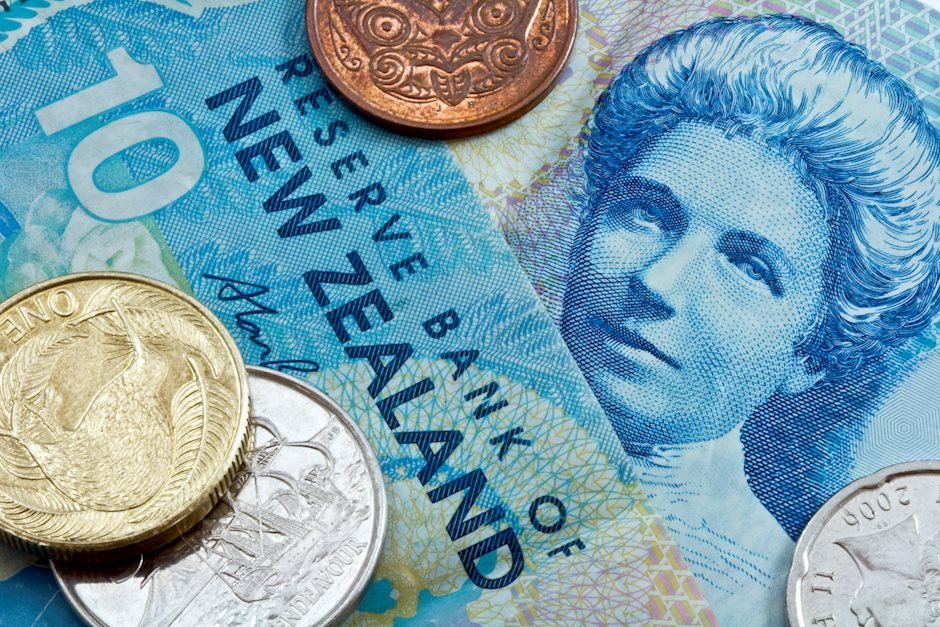NZD falls from top 10 most traded currencies list

A couple surprising notes have appeared in the Bank of International Settlements’ (BIS) survey released today (28/10/2022). The triennial (occurring every three years) survey was conducted with the involvement of monetary authorities, like central banks, from 52 territories as well as 1,200+ commercial banks.
Trading volume increases
Foreign exchange trading volume increased to US $7.5 trillion per day, which represents a +14% increase over the US $6.6 trillion daily trading volume recorded when the survey was last conducted in 2019. The sales desk in the United Kingdom, the United States, Singapore, Hong Kong, and Japan continued to dominate the processing of most trades, accounting for 78% or more of the trading volume. Interestingly, volume passing through the UK alone accounts for 38% of global trade, or US $2.6 trillion, however, this was down from 43% in 2019.
Changing rankings
The biggest surprise that was revealed in the survey was the changing hierarchy for the most traded foreign currencies.
For one, the New Zealand dollar has fallen out of the rankings for the top ten most traded currencies in the world. The New Zealand dollar was overtaken by the Singapore dollar, Swedish krona, Korean won, and Norwegian krone, and is now the 14th most traded currency in the world. Even so, the New Zealand dollar’s popularity is still disproportionate compared to the size of the New Zealand economy with the New Zealand dollar on one side of US $125 billion worth of trades per day, representing 1.7% of all trades.
While the rankings just outside the top ten experienced a shuffle, the US dollar remains the most traded currency in the world, accounting for one side of 88% of all foreign exchange trade. The top traded currencies in 2022 in the world are as follows:
- US dollar
- Euro
- Japanese yen
- British pound
- Chinese renminbi
- Australian dollar
- Canadian dollar
- Swiss franc
- Hong Kong dollar
- Singapore dollar
- Swedish Krona
- Korean won
- Norwegian Krone
- New Zealand dollar
- Indian rupee
- Mexican peso
- Taiwan dollar
- South African rand
- Brazilian real
Author

Mark O’Donnell
Blackbull Markets Limited
Mark O’Donnell is a Research Analyst with BlackBull Markets in Auckland, New Zealand.

















